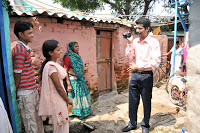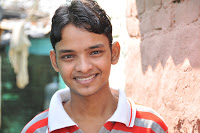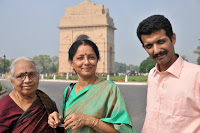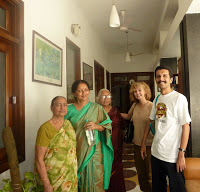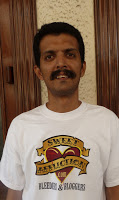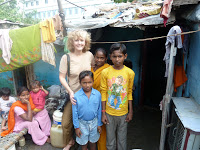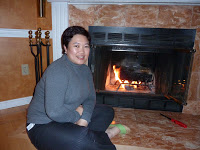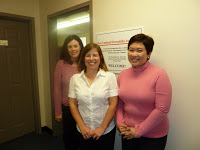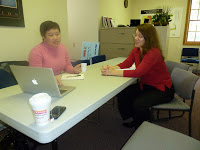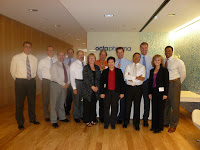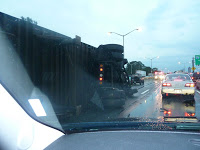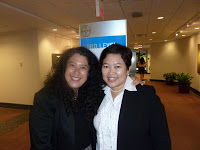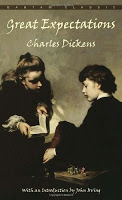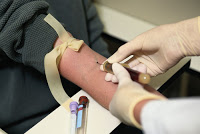India Day 6: Water and Sun
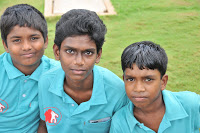
Thursday, September 30, 2010 Hyderabad
Resting at the home of Dr. Prasad in Hyderabad, 10 pm. We got up early today, at 5 am, readied ourselves, then hit the road by 6 am. Off to Hyderabad. It was a 5-6 hour ride, but it seemed to go by fast. We all dozed at some point, as we were so tired from the day before. We passed long stretches of fields, and many villages, all blurring by. Buffalo pounded the shoulders, trucks with various loads lurched by and various roadside shops zipped past.
But let me fill you in on yesterday, which was amazing! Still in Vijayawada, Usha, Krish and I awoke, had breakfast, then jaunted off to a theme park with 45 Indian kids with hemophilia. I had just met these kids one-by-one the day before in more formal circumstances, at the clinic of Dr. Maganti Prasad, the dedicated orthopedic surgeon who cares for them and doubles as a hematologist when needed. All his hard work for the past 20 years showing today: the children, all who have had limited supplies of factor in their lives, were able to attuned the theme park without wheelchairs or crutches, and for today be normal little boys. And what a day!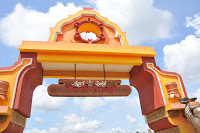
The sun scorched the grounds of the park; it was 90 degrees and climbing, and humid. We arrived just as the yellow bus pulled up, the kids all packed tightly in. Out they poured, each one wearing the polo shirt with the society logo on it. They were excited, smiling, energetic. So were we!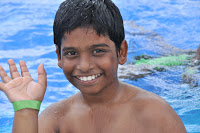
It took a while to get everyone registered, and we pretty much had the whole park to ourselves. This is a beautiful place with a Thailand theme to it: indeed it’s called Haii Land. Colorful, larger than life, with plenty of rides and an entire water park. The kids headed for the water park first. I became less and less strange to them, as they forgot about our differences and focused on the fun. Many kids changed into bathing suits and waded in: none of the kids knows how to swim, as they never have access to open water. They got more daring as each one took a step in, and pretty soon everyone was splashing and playing in the water. Down the slide flew one little boy, then another! Looking about, you almost couldn’t tell anyone had hemophilia!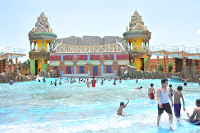
“Wave Pool!” we heard the loudspeaker shout! And the kids ran over to the artificial wave pool, which was wonderful! Colorful, enticing, and exciting: the lagoon featured a wave machine and the kids played here the most. Even Krish, our Save One Life program assistant, went in and later told me it was his first time in the water like this! Even the moms changed out of their saris and into modest swimsuits and took a dive. The sheer joy of the water brought out the child in everyone.
“Rain dance!” and everyone headed over to a pavilion that spewed water overhead, with very loud, pulsating Indian music. Soon the kids were dancing in the “rain.” After 40 minutes, lunch, which featured delicious Indian dishes. The kids got their second wind and then headed to the mechanical rides: Carousel, train, flying elephants and go-carts. In the midst of it all, the sky broke loose with a passing thundershower. Everyone was drenched but no one was dampened! The moms ran for cover and we all crowded into an arcade until the storm passed. It was a good time for a factor check—about eight boys were having bleeds. Dr. Prasad’s experienced technicians had come, and gave the boys their infusions among the video games. 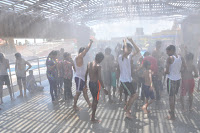
The sun returned with much cooler air, though I was already sunburned. The boys requested the Pirate Ship ride, and everyone piled on. It was thrilling for them! They screamed and waved their hands while I snapped over 750 photos that day.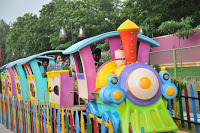
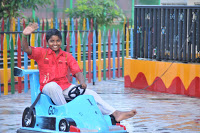
It was well passed our time to leave, but… Dr. Prasad allowed one more ride: the parachutes. Even he and I jumped on and we laughed like kids ourselves. What a great time! Everyone was completely spent when the day was done. We had snacks, and I received a beautiful gift from everyone. But it couldn’t even compare with the gift of simply being with them.
It’s hard for those in developed countries to even imagine the lives of some of these kids: try “Slumdog Millionaire” and throw in a chronic disease that cripples, that keeps you in agony all night long, that can kill. A day like this, in a posh, immaculate amusement park, with good friend, good food, and thrilling rides—the joy cannot even be measured, unless we can somehow measure the wattage of all the smiles.
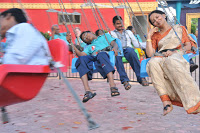
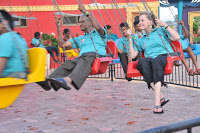




 When it was time to leave, the family walked us back to the road, with me holding hands with little Sikander. To the left, and covering the length of the entire slum, ironically, is the World Health Organization’s massive, modern, city-block size building. WHO of course is responsible for monitoring and improving the health conditions of developing countries. Just one hundred feet away, its gleaming windows, satellite dishes and massive height dwarfed the pitiful slum. A pretty employee scurried into the building, ignoring us and the ill-dressed impoverished people with us. To add insult to injury, the guards yelled at our driver for daring to park in their parking spot, which of course was empty, save us! Welcome to the world of institutionalized development.
When it was time to leave, the family walked us back to the road, with me holding hands with little Sikander. To the left, and covering the length of the entire slum, ironically, is the World Health Organization’s massive, modern, city-block size building. WHO of course is responsible for monitoring and improving the health conditions of developing countries. Just one hundred feet away, its gleaming windows, satellite dishes and massive height dwarfed the pitiful slum. A pretty employee scurried into the building, ignoring us and the ill-dressed impoverished people with us. To add insult to injury, the guards yelled at our driver for daring to park in their parking spot, which of course was empty, save us! Welcome to the world of institutionalized development.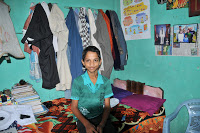 We ambled down the broken cement path to their home, populated by random goats, and lined with open run offs, through which ran dirty water and sewage. Despite living in a slum, the Tanti family keeps itself immaculately clean. I actually knew some of the way to their house, and recognized the familiar cement walls, wire fence and neighborhood. Their home is also a one room concrete dwelling, with tin roof and nothing inside but a hard board to serve as a bed— no mattress to ease throbbing joints— and one chair. That’s it. It’s the size of a closet.
We ambled down the broken cement path to their home, populated by random goats, and lined with open run offs, through which ran dirty water and sewage. Despite living in a slum, the Tanti family keeps itself immaculately clean. I actually knew some of the way to their house, and recognized the familiar cement walls, wire fence and neighborhood. Their home is also a one room concrete dwelling, with tin roof and nothing inside but a hard board to serve as a bed— no mattress to ease throbbing joints— and one chair. That’s it. It’s the size of a closet.